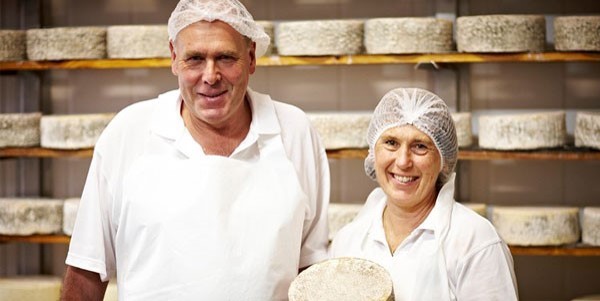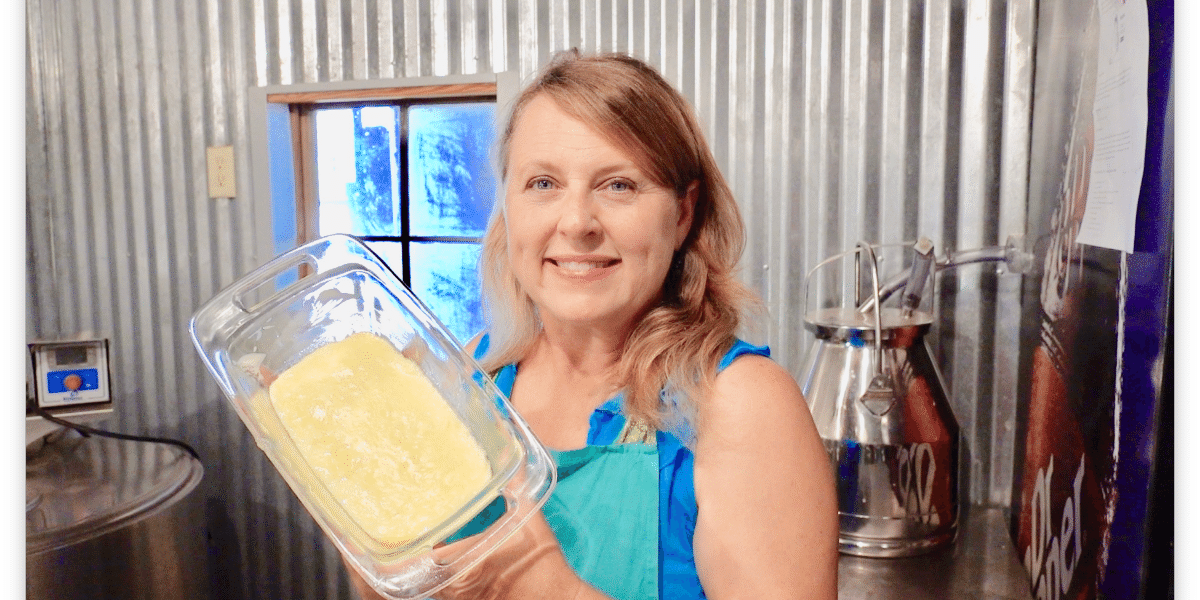Opening the Secrets of Artisanal Cheese Making: A Step-by-Step Do It Yourself Guide
In the world of cooking craftsmanship, artisanal cheese making stands as a testimony to the fragile equilibrium between custom and advancement. As we begin on this trip to demystify the art of developing exquisite cheeses, we are faced with a tapestry of skills and secrets waiting to be untangled.
Picking the Right Milk
When beginning on the journey of artisanal cheese making, the choice of milk plays an important role in figuring out the quality and features of the final product. The type of milk picked impacts the flavor, structure, and in general account of the cheese.
When choosing milk for cheese production, it is essential to think about the fat web content. Higher fat web content in milk can result in a creamier and richer cheese, while reduced fat content may lead to a drier and stronger structure. In addition, the source of the milk, whether from cows, goats, lamb, or buffalo, adds distinct tastes and characteristics to celebrity (Floridia Cheese). Each type of milk brings its very own subtleties, enabling a vast array of cheese ranges to be crafted based upon the chosen milk. Eventually, the choice of milk is a basic decision that sets the structure for an effective artisanal cheese-making endeavor.
Culturing and Coagulating
To launch the cheese-making procedure, the crucial steps of culturing and coagulating must be thoroughly implemented to change milk into curds and whey. Culturing involves introducing advantageous bacteria to the milk, which then begins the fermentation process. These microorganisms transform lactose (milk sugar) right into lactic acid, producing the acidic atmosphere needed for coagulation. The kind of culture utilized can substantially affect the flavor, appearance, and ripening of the last cheese item.

The timing and temperature level control during culturing and coagulation are crucial elements that influence the last outcome of celebrity. Appropriate implementation of these actions is necessary to guarantee the wanted structure, flavor, and uniformity of the artisanal cheese being produced.
Draining Pipes and Pressing Curds
After the milk healthy proteins have coagulated and the curds have actually been cut to release whey, the following important action in artisanal cheese making includes draining pipes and pressing the curds to attain the desired appearance and consistency read this post here of the final cheese item. Draining is the procedure of separating the curds from the whey. This can be done by moving the curds right into a cheesecloth-lined colander or mold and mildew and allowing the whey to drain off naturally. The moment for draining can differ depending on the sort of cheese being made and the wanted moisture material.
Pressing helps expel any remaining whey and compacts the curds to form a solid cheese wheel. Appropriate pressing and draining pipes are crucial steps that significantly impact the top quality and characteristics of the artisanal cheese being created.
Aging and Flavoring Methods
Carrying out meticulous aging and flavor strategies is essential in enhancing the depth and intricacy of artisanal cheeses, raising their preference profiles to elegant levels of improvement and sophistication. Aging plays a vital role in establishing the special flavors and structures that identify artisanal cheeses.
Flavoring methods additionally add considerably to the last preference of artisanal cheeses. Cheesemakers may choose to introduce extra tastes by incorporating components such as natural herbs, browse around this site seasonings, or even fruits into the cheese throughout the production procedure. In addition, some cheeses are washed or scrubed with different fluids, such as salt water or alcohol, to boost their flavors and textures.
Wrapping and Keeping Cheeses

Final Thought
In conclusion, grasping the art of artisanal cheese making includes meticulously selecting the best milk, complying with specific culturing and coagulating procedures, draining and pressing curds properly, and utilizing various aging and flavoring methods. Remember to wrap and keep your cheeses appropriately to make certain optimum taste and appearance advancement.
Each kind of milk brings its very own subtleties, enabling for a large array of cheese selections to be crafted based on the picked milk.After the milk healthy proteins have actually coagulated and the curds have actually been reduced to release whey, the following critical action in artisanal cheese making entails draining pipes and pushing the curds to attain the preferred structure and uniformity of the final cheese item. A lot of cheeses must be covered in wax paper or cheese paper to enable them to breathe while safeguarding them from drying out. For cheeses that need click resources to continue aging, such as bloomy peels or cleaned skins, ensure they are saved in a cool environment like a cheese cavern or a fridge set to the suitable temperature. By paying focus to the covering and storage of artisanal cheeses, cheese makers and enthusiasts can maintain the stability of these delicacies and completely appreciate their complex tastes.
 Barry Watson Then & Now!
Barry Watson Then & Now! Hailie Jade Scott Mathers Then & Now!
Hailie Jade Scott Mathers Then & Now! Loni Anderson Then & Now!
Loni Anderson Then & Now! Megyn Kelly Then & Now!
Megyn Kelly Then & Now! Nicholle Tom Then & Now!
Nicholle Tom Then & Now!